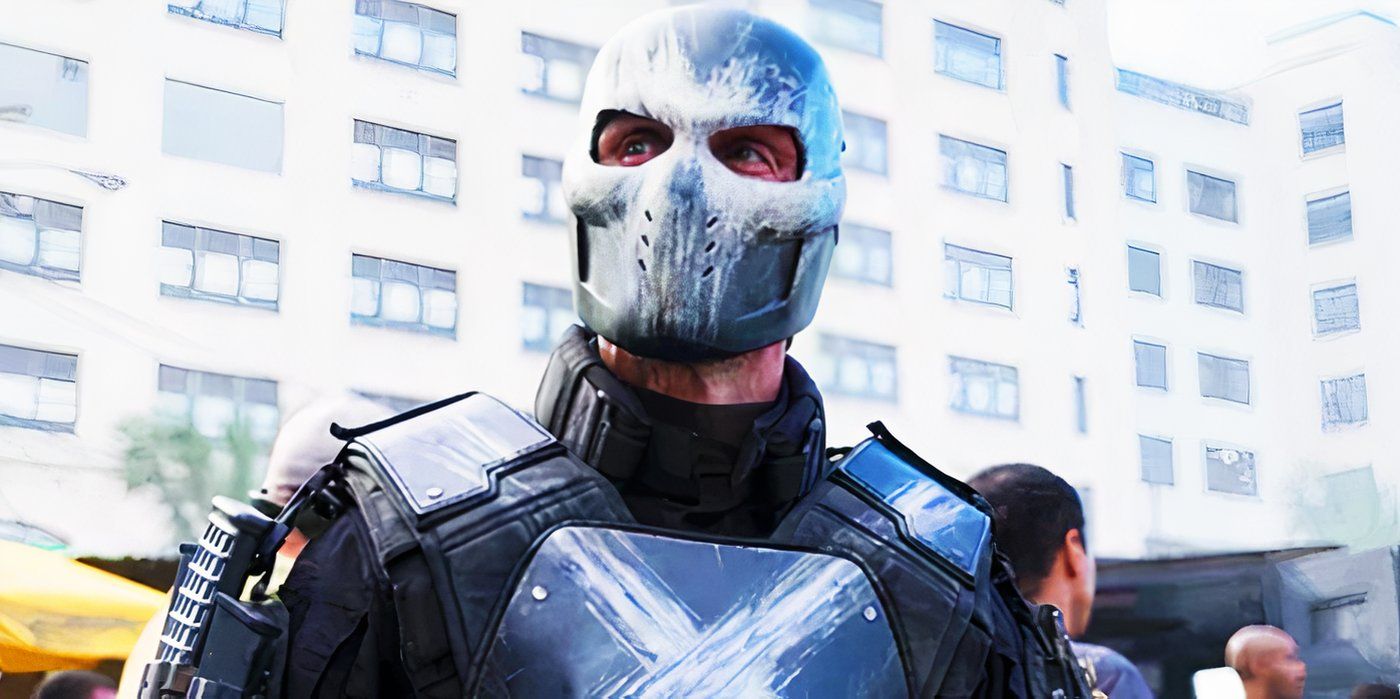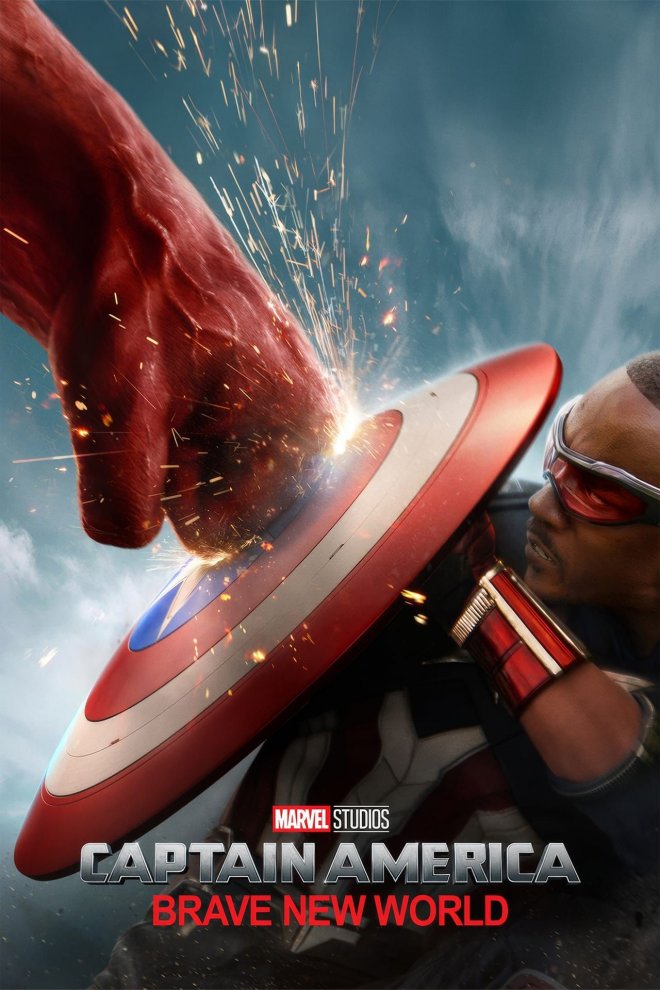10 DC Movie Scenes That Are Way Harder To View On A Rewatch
While DC movies have offered some of the most thrilling moments in cinematic history, they also produced some which become increasingly challenging to watch upon subsequent viewings. Whether due to behind-the-scenes controversies, narrative decisions, or unsettling content, these moments can evoke discomfort or disappointment. From across the entire DCU timeline, these scenes become incredibly difficult to revisit.The DC Universe began producing movies in 1941, and ahs repeatedly explored challenging or bold narratives since. However, others have not enjoyed the same longevity. Several scenes from DC"s greatest movies promised future stories they would never deliver or even undermine previous events. Others deployed ropey CGI in a manner that reflects the behind-the-scenes turmoil plaguing the movie. Some even pushed the limits of what audiences would tolerate from a superhero movie. Whereas some were just so harrowing and bleak, that rewatching them becomes a tough experience.
10 Henry Cavill Appears In Black Adam Black Adam In Black Adam, Henry Cavill makes a surprise appearance as Superman during the film"s post-credits scene, reigniting excitement for his return to the DCEU. Cavill hadn’t appeared in a movie as the Man of Steel since Justice League years earlier and had been conspicuously absent since. His return was therefore a thrill for DC viewers. Cavill even announced on social media that he was officially back in the role, expressing his enthusiasm for future projects.
However, shortly after the film"s release, news broke that the DCEU would undergo a significant reboot under new leadership, with plans moving forward without Cavill as Superman. This abrupt change rendered his cameo seemingly pointless and left viewers feeling misled. Rewatching this scene now feels bittersweet, as it symbolizes unfulfilled potential and the abrupt end of Cavill"s tenure as the iconic superhero.
9 Polka-Dot Man's Death The Suicide Squad The Suicide Squad introduces audiences to Polka-Dot Man, portrayed by David Dastmalchian, a character who evolves from a ridiculed villain to a reluctant hero. Throughout the film, he battles personal trauma and a unique affliction that causes him to emit destructive polka dots. In a climactic battle against Starro, Polka-Dot Man embraces his newfound heroism, proudly declaring himself a superhero. Tragically, moments after this declaration, he is killed by Starro.
While Polka-Dot Man’s death serves the narrative"s unpredictability, rewatching this scene underscores the tragedy of his brief redemption arc, making it a poignant and somber moment in the film. It’s bittersweet, partly offering a beautiful culmination in his narrative arc, while also swiftly and brashly killing him off. Rewatching this scene is a strange experience that highlights the movie"s irreverent approach to DC canon, for better or for worse.
8 Arthur Fleck Becomes The Joker Joker Joker chronicles Arthur Fleck"s descent into madness, culminating in his transformation into the titular character. This metamorphosis is both compelling and disturbing, as viewers witness Arthur"s complete surrender to his darker impulses. The scene where he dances on the stairs, fully embracing his Joker persona, is iconic yet unsettling.
The complexity of this moment is further compounded by the anticipation of a sequel, which has sparked controversy and debate among audiences and critics. Revisiting this pivotal Joker moment evokes a mix of fascination and discomfort, knowing the contentious discussions it has inspired and the dark path Arthur has chosen. Moreover, knowing the way the sequel will revisit the stairs and then roll back on whether Arthur is the Joker or not completely undermines the importance of this Joker scene, which at the time felt like a bold and iconic celebration.
7 Henry Cavill's Digitally Removed Mustache Justice League During the reshoots of Justice League, Henry Cavill was contractually obligated to keep a mustache for his role in Mission: Impossible – Fallout, leading to its digital removal in post-production. The resulting CGI was noticeably unnatural, drawing criticism from audiences and becoming a focal point of mockery. However, beyond the visual distraction of the laughably poor CGI, these scenes serve as a reminder of the tumultuous production the movie faced.
Justice League struggled through a director change, with Joss Whedon taking over from Zack Snyder to complete the movie. Whedon scrapped swathes of Snyder’s work, ultimately producing a far worse movie for it. Moreover, Whedon has since been accused of abusing and alienating the DCEU cast, among others. Rewatching Henry Cavill’s poorly disguised mustache serves as a reminder of the challenges and missteps that plagued the film"s creation, becoming emblematic of the DCEU"s struggles during that period.
6 The Unresolved Knightmare Scene Zack Snyder’s Justice League In Zack Snyder’s Justice League, Batman experiences a "Knightmare" vision of a dystopian future dominated by an evil Superman. The scene is an insight into Zack Snyder’s original vision for the franchise, before Whedon’s input drastically changed the tone and direction. This scene reminds viewers of this change and tantalizingly teases what could have been in the franchise had Snyder been able to remain on the movie.
This intriguing setup in Zack Snyder’s Justice League hinted at future storylines that, due to the DCEU"s subsequent direction, remain unexplored. The scene is rich with potential, showcasing a world where heroes and villains form uneasy alliances to combat a greater threat. Rewatching this scene emphasizes the unfulfilled potential and leaves audiences pondering the squandered potential narrative, adding a layer of frustration to the viewing experience when it’s revisited today.
5 Batman and Batgirl's Intimate Encounter The Killing Joke The animated adaptation of The Killing Joke includes a controversial scene where Batman and Batgirl engage in a sexual encounter. This addition was especially surprising as such an encounter is completely absent from the original graphic novel. It was therefore widely criticized for its perceived inappropriateness, given the characters" mentor-mentee relationship and significant age difference.
In a contemporary age, Batman having sex with Batgirl highlights a power dynamic and even a paternal relationship between the pair that feels incredibly problematic. It paints Batman as a bit of a creep, while also adding nothing of import to the narrative. The scene feels forced and ultimately feels like Barbara is being exploited, leading to widespread backlash from fans and critics alike. Revisiting this moment reinforces its discomfort and the consensus that it was an unnecessary and ill-judged narrative choice that detracts from the overall story.
4 Jonathan Kent's Unnecessary Death Man Of Steel In the DCEU’s Man of Steel, Jonathan Kent meets an untimely death that has prompted rampant debate among audiences as to how necessary it really was. When a tornado rampages through Smallville, Jonathan finds himself caught in its path. Despite knowing that Clark could reach and save him, Jonathan discourages a young Clark from using his powers in public, ultimately leading to his death. It was silly enough at the time, but upon rewatching, this scene is even more frustrating.
[圖擷取自網路,如有疑問請私訊]
|
本篇 |
不想錯過? 請追蹤FB專頁! |
| 喜歡這篇嗎?快分享吧! |
相關文章
tag_dc



















